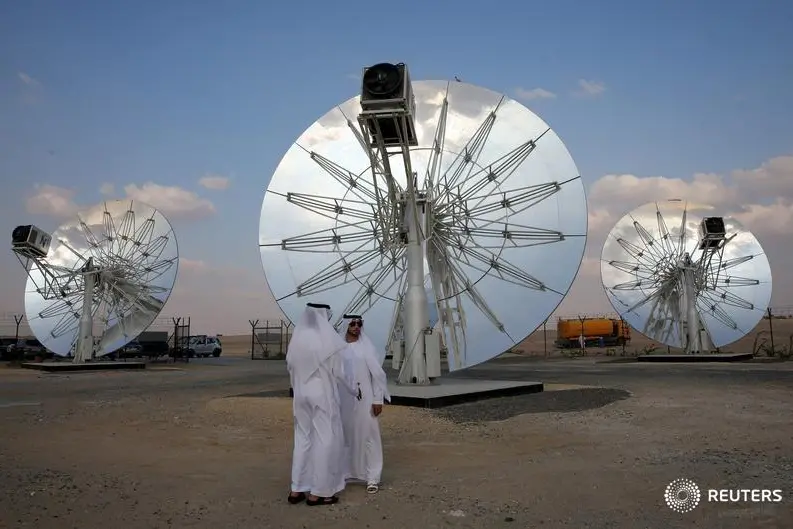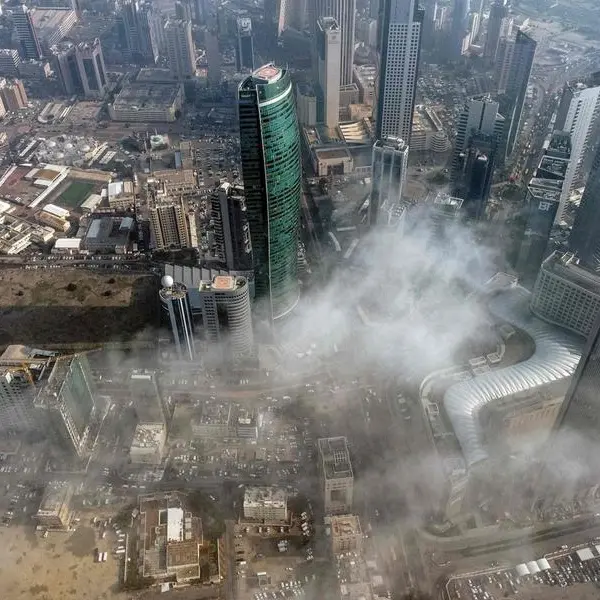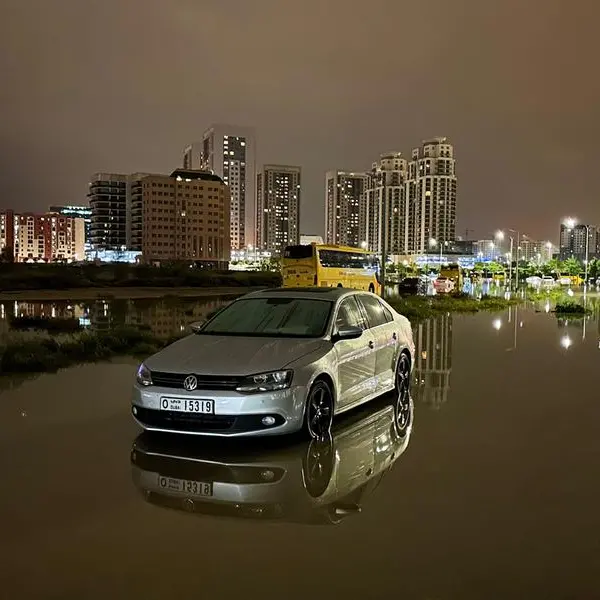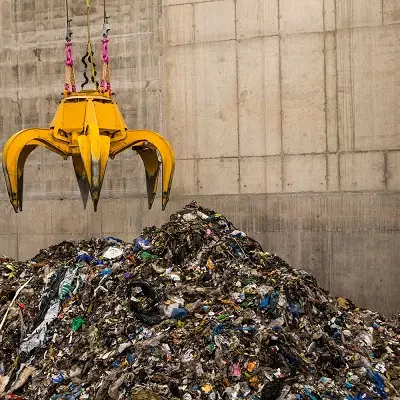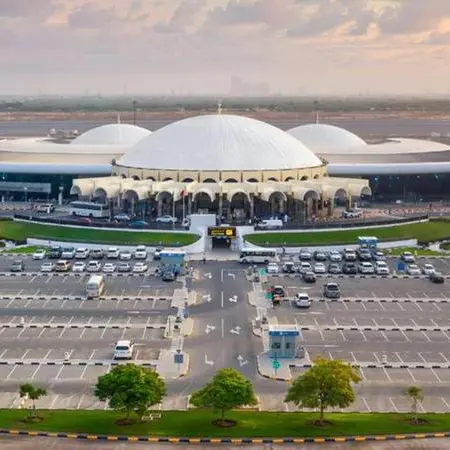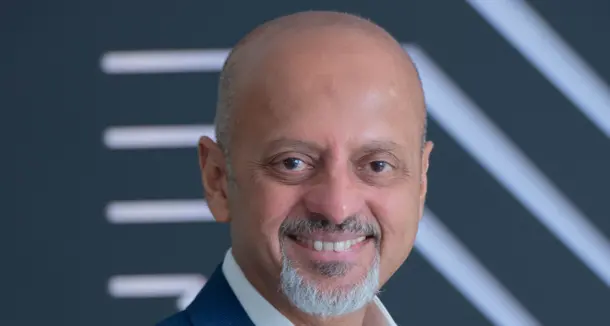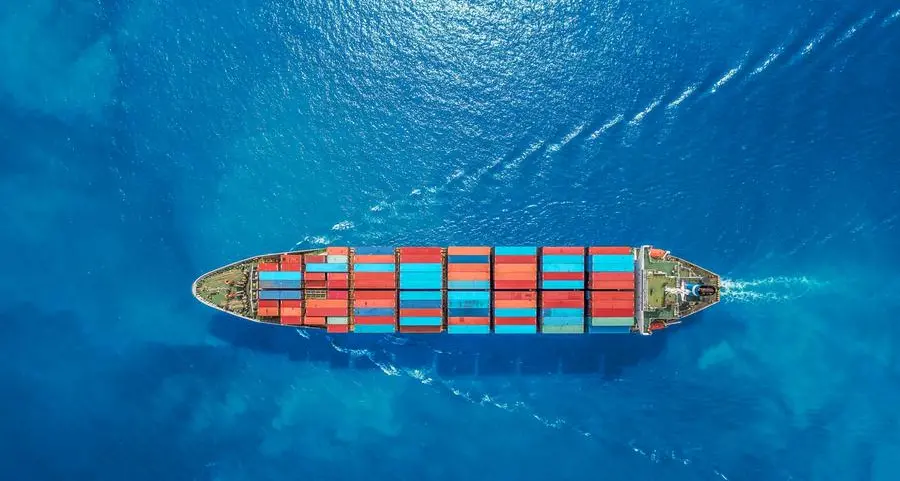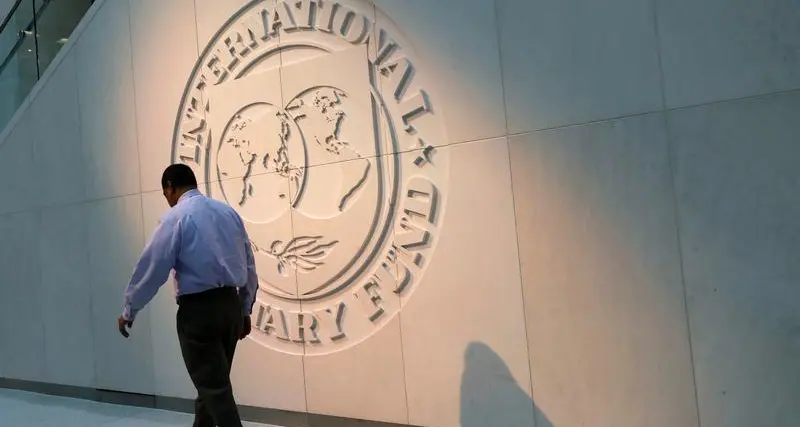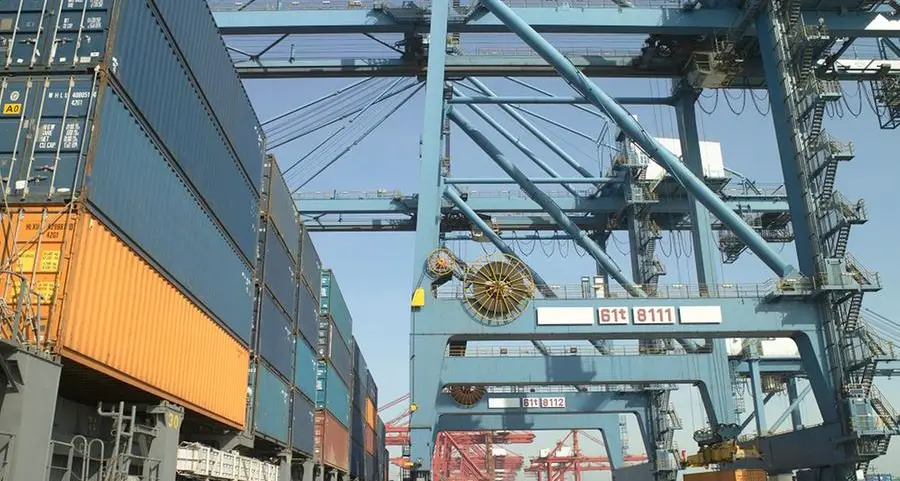PHOTO
The pipeline for solar power projects in the Middle East and North Africa (MENA) is set to double this year, with Saudi Arabia accounting for more than half of all projects, according to a new report published on Monday by the Middle East Solar Industry Association (MESIA) and shared exclusively with Thomson Reuters Projects.
The MESIA Solar Outlook Report 2018 report said the pipeline for 2018 will include nearly 13 gigawatts (GW) of solar power projects, with Solar photovoltaic (PV) systems accounting for 90 percent of the project pipeline (11.86 GW) and Concentrated Solar Power (CSP) projects making up 1.2 GW.
The 2018 project pipeline is more than double the 5.7 GW forecast in MESIA’s 2017 report, as reported by Thomson Reuters Projects in February last year.
Projects currently in the planning stage amount to 8.7GW, while those at the ‘Bid Stage’ stood at 3.08 GW.
The rest of the pipeline consists of 1.23 GW of projects in the prequalification stage and a 50 megawatt (MW) project in the financial close stage.
According to the report, the low price of solar energy has led policymakers, regulators and industry leaders to take a number of steps to increase and accelerate the adoption of solar power throughout the MENA region.
“Most notably, countries that were late to adopt solar energy strategies and policies have now put forward ambitious targets. Countries with solar plans in place in terms of megawatts installed have substantially increased those targets,” Wim Alen, General Secretary of MESIA said in the report.
“Finally, scaling up the size of solar projects has allowed nations to capture value across the value chain,” he added.
Kingdom tops the league
Saudi Arabia’s 6.4 GW of PV projects accounts for more than half of the 2018 pipeline, followed by the United Arab Emirates’ 1.5 GW of PV, Egypt’s 1.15 GW (800 MW of PV and 350 MW of CSP) and Morocco’s 800 MW (a combination of PV and CSP), the report said.
In 2017, the MENA region had 4,903 MW of solar under construction, 1,142 MW under tender or awarded and 1,363 MW in operation. Oman’s enhanced oil recovery project of 100 MW thermal, which started commercial operations, was mentioned separately.
By comparison, in 2016 the region had 3,610 MW under construction, 1,300 MW under tender and 885 MW in operation, as reported in February last year by Thomson Reuters Projects.
The report said many countries across the region (e.g. Bahrain, Egypt, Jordan, Kuwait, Morocco, Oman, Qatar, Saudi Arabia, Tunisia, UAE) announced plans to increase their solar capacity and are targeting large scale projects in 2018 and early 2019.
The report also flagged volatile pricing of solar panels and increased cost of debt for new projects as top trends to watch out for in 2018.
Alen said while the cost of solar panels is expected to go down over the longer term, panel pricing is expected to be volatile over the coming 18 months due to regulatory and demand changes in both China and the United States.
“However, significant bargaining power is expected to remain with developers of large and mega-size PV projects starting in 2019 and 2020,” he said
Debt relief
As regards project debt, he said infrastructure and renewable energy projects continued to benefit in 2017 from a low-cost funding environment, despite quantitative easing coming slowly to an end.
“We saw interest rates rise in 2017, with three more rate hikes on the horizon in 2018. This will impact, even if marginally, renewable energy tariffs as the cost of lending rises,” he explained.
Meanwhile, the report said the Gulf region has maintained its record-breaking spree in solar tariffs with 2.34 US cents per kWh achieved for Saudi Arabia’s first utility-scale solar PV project, the 300 MW Sakaka IPP, which was awarded to ACWA Power last month.
Last year also saw the start of commercial operations of the 200 MW Phase II of the Mohammad bin Rashid al Maktoum solar park, which gave the region its first world record low tariff of 5.6 US cents per kWh.
Other large-scale deals that reached financial closure in the MENA region in 2017, according to the report, were the Masen 170 MW Ouarzazate IV PV in Morocco and the Sweihan 1GW PV in Abu Dhabi. In addition, a number of PV projects under Egypt’s Feed-in Tariff Round 2 also reached financial closure.
(Reporting by Anoop Menon; Editing by Shane McGinley and Michael Fahy)
(anoop.menon@thomsonreuters.com)
Our Standards: The Thomson Reuters Trust Principles
Disclaimer: This article is provided for informational purposes only. The content does not provide tax, legal or investment advice or opinion regarding the suitability, value or profitability of any particular security, portfolio or investment strategy. Read our full disclaimer policy here.
For more data, analytics, tools and news on projects in the Middle East visit the Thomson Reuters Projects portal
© ZAWYA 2018